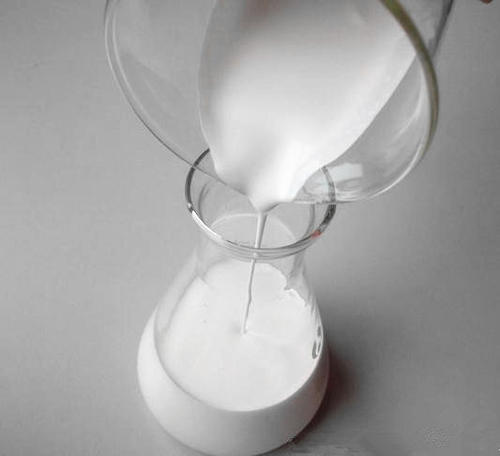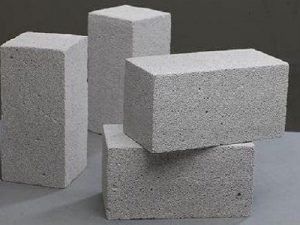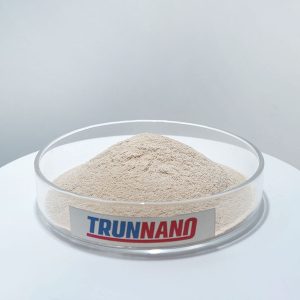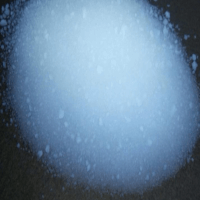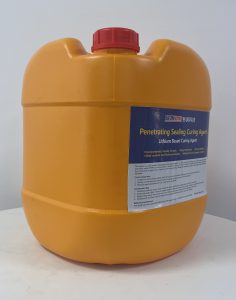Professional solutions on concrete addtives, Concrete Foaming Agent, Superplasticizer, CLC Blocks Additives, and foaming machine
(Early Strength Evaluation of Concrete)
Concrete is a strong, durable, and versatile material used for construction. It is composed of aggregate and cement that is mixed together and cured to harden. It is used for a variety of structures including walls, floors and roofs.
Compressive strength (the ability of the concrete to withstand loads that will decrease its size) is the most common and well-accepted measurement of concrete performance. This test is typically conducted by breaking cylindrical concrete specimens in a special machine and is measured in pounds per square inch or psi.
Early strength testing or early-age strength evaluation is the testing of the concrete at the onset of its curing process. During this time, lots of changes take place in the concrete that could affect its strength.
Hydration of concrete is a chemical reaction that occurs when water and cement are mixed. The water helps harden the concrete by causing a chemical reaction between the major compounds in the cement and the water molecules.
During this process, the water and the concrete begin to form a paste that binds the aggregate together. The ratio of water to cement is a key factor in the quality of concrete.
The temperature at which the concrete is mixed and cured is also a critical factor in the quality of concrete. Higher temperatures cause a more rapid hydration process, resulting in high-quality concrete.
Admixtures are additives that are incorporated into concrete to achieve specific characteristics. These admixtures can alter the fluidity (plasticity) of the cement paste, increase (accelerate) or decrease the setting time, increase strength (both bending and compression), extend the life of a structure, or some combination of these.
(Early Strength Evaluation of Concrete)


